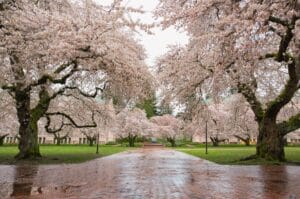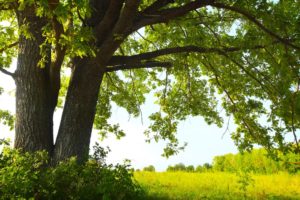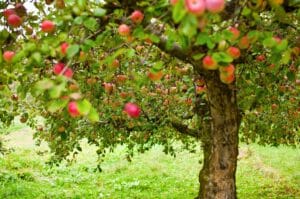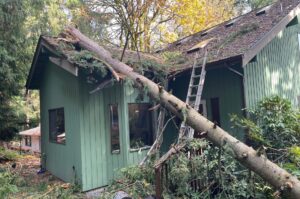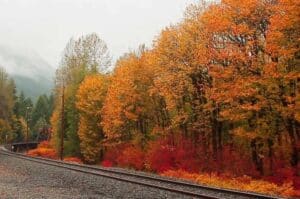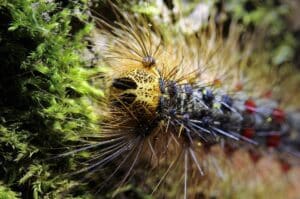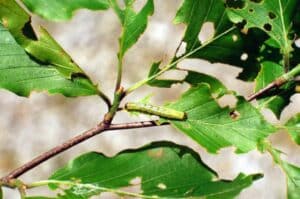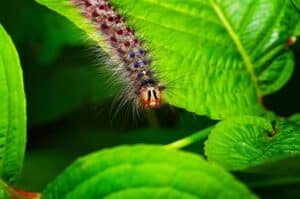Oak Tree Decline: Signs, Symptoms & Prevention
“Oak tree decline” is a term used to describe a complex and systemic problem frequently found in oak trees. Unless drastic action is taken, this complex disease usually results in the death of the tree.
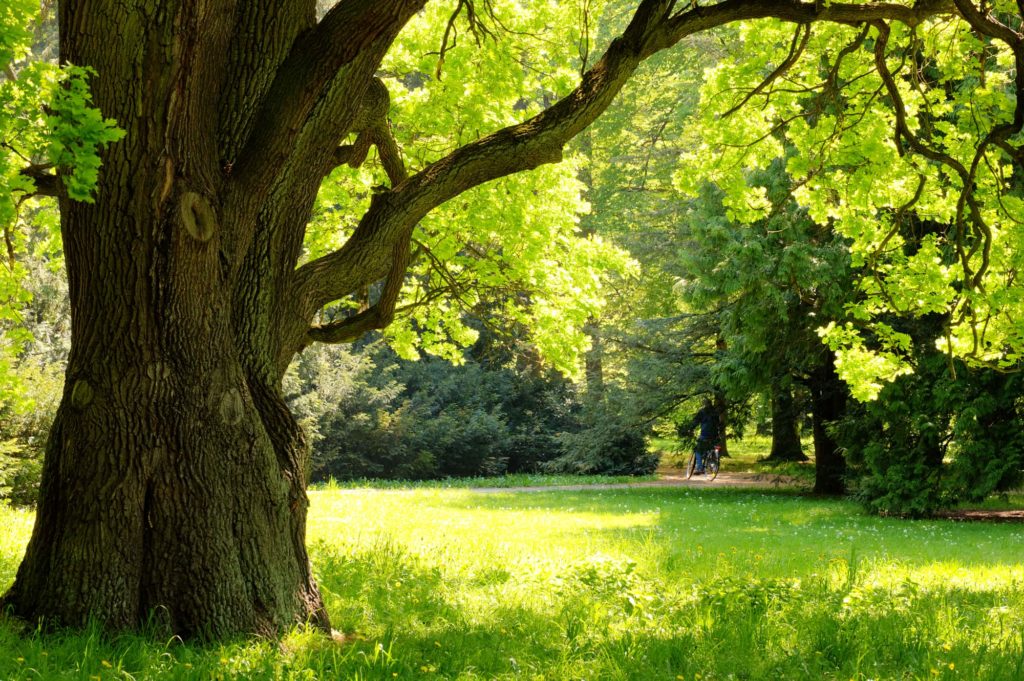
How to Prevent Oak Tree Decline
Oak trees represent a vast array of species that contribute greatly to human and animal habitats. Oak trees are an important resource, whether they are contributing to biodiversity in a forest or shading a residential lawn. There’s no denying how important all of the species that comprise oak trees are for society.
One of the pitfalls of cultivating such a widespread family of trees is that diseases can take their toll on oak groves. “Oak tree decline” is a term used to describe a complex and systemic problem frequently found in oak trees. Unless drastic action is taken, this complex disease usually results in the death of the tree.
By understanding and working against oak tree decline, arborists and tree owners can fight back against this debilitating disease.
Early Warning Signs to Look for to Prevent Oak Tree Decline
Oak tree decline is a slow-moving disease that is a result of multiple stressors in an oak tree’s environment. Often symptoms will appear a year after a drought in the form of dieback of the crown. Even if the crown doesn’t die back completely, early signs of decline can include defoliation or abnormalities in the leaves.
Once an oak tree is stressed by its environment, two things accelerate the decline of the oak tree. These two things are:
- Fungus: Fungus grows along the roots of oak trees and inhibits their ability to uptake nutrients. The more the fungus grows, the fewer nutrients are available to the tree, slowly starving the tree.
- Insects: As the tree starts to suffer, borers move in and attack. Larvae bore into the trunk of the tree and further accelerate tree decline.
Under normal circumstances, fungus and insects won’t attack a tree but when an oak tree’s defenses are compromised, they move in and begin the decomposition process even before the tree is fully dead.
How to Manage Oak Tree Decline Symptoms
As soon as symptoms are noticed, action can be taken to prevent oak tree decline from killing a tree. Oak tree decline is a slow-moving process that can take several years to completely kill a single tree. However, as other oak trees in the area experience stress, the disease can move on to them.
Some short-term and long-term strategies used to prevent loss of trees to oak tree decline are:
- Proper site selection based on the species of oak tree planted
- Thinning stands of trees to select oak species that are not as susceptible to oak tree decline and prevent competition for nutrients
- Protecting roots and moisture resources of trees with good mulching practices
- Preventing drought stress through good watering practices, especially in the summer
- Removing declining trees as soon as they are noticed to prevent spread to other nearby trees
- Good arboricultural practices like good trimming and pruning, as well as fertilization
Professional arborist services can be called upon to help manage single trees and oak forests. Regardless of the size of the oak grove, tree owners should take oak tree decline seriously and protect these beneficial organisms by calling upon the experience of local professionals.
About Seattle Tree Care
Seattle Tree Care has been preventing oak tree decline with good tree care practices for more than 15 years. Call today for a free estimate for oak tree pruning or removal.
Recent Articles
Looking for More?
We've got you covered with tips, resources, updates, how-to's, and other helpful information about trees and landscapes in Seattle, Puget Sound, and King County, WA. Join the thousands of smart local residents who get the monthly newsletter from Seattle Tree Care for helpful information you won't want to miss!
There's no spam - we promise! We are committed to keeping your e-mail address confidential. We do not sell, rent, or lease our contact data or lists to third parties.


